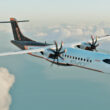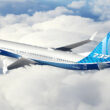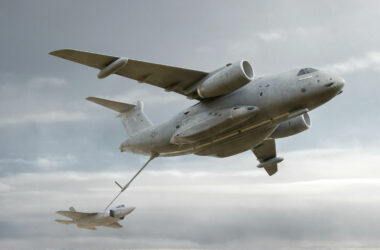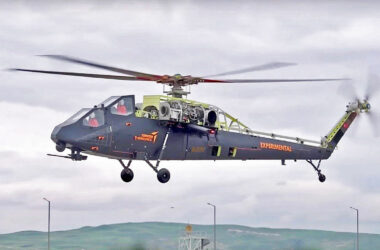The US Air Force (USAF) is prioritizing the development of air-launched hypersonic attack missiles, possibly as a reflection of the technological advancement claimed by China and Russia.
On 14 May, a B-52H bomber successfully launched an AGM-183A ARRW missile for the first time after three failed launches.
The ARRW is a hypersonic missile of the boost-glide weapon type, which fires a rocket to reach speeds above Mach 5. It is a technology similar to the Kinzhal, a missile that was used by Russia in the invasion of Ukraine.
Developed by Lockheed Martin, the AGM-183A was launched on three occasions in 2021, but on two it was stuck to the pylon while in July it failed to fire its booster.
The ARRW program benefits from Section 804 grants, which allow it to accelerate its development. Lockheed has said it will make more test launches in 2022 with a view to achieving operational capability as early as 2023.
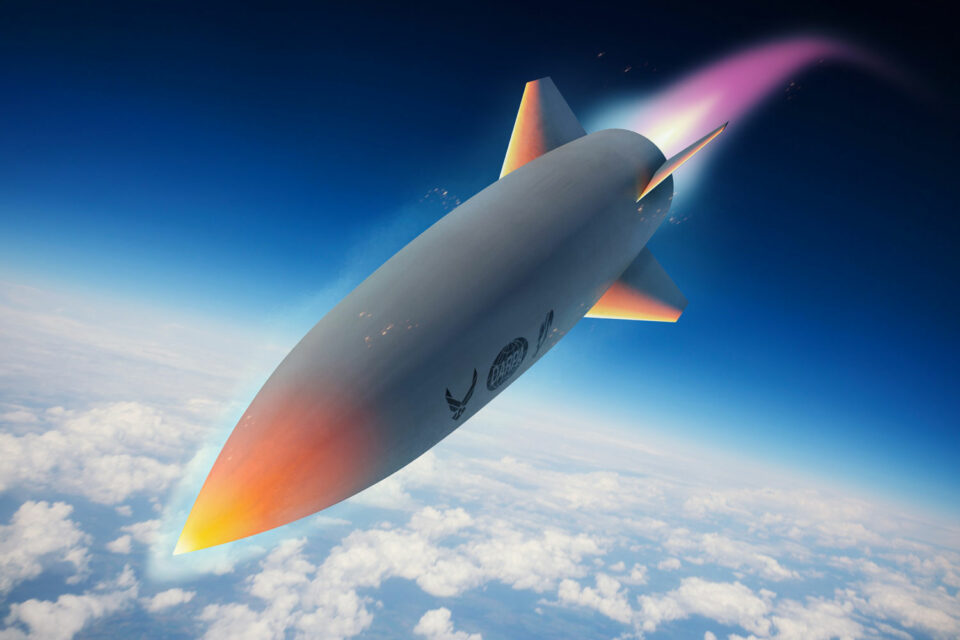
First scramjet missile
On another front, the USAF is increasing investment in the Hypersonic Attack Cruise Missile (HACM), a more advanced, scramjet-powered hypersonic weapon that works like a jet engine at high altitudes.
In the 2023 budget, the HACM program will have nearly $317 million in funding following the successful test also conducted by Lockheed Martin (in conjunction with Aerojet Rocketdyne) in April.
This is the case of the Hypersonic Air-breathing Weapon Concept (HAWC), which surpassed Mach 5 and reached an altitude of 65,000 feet.


